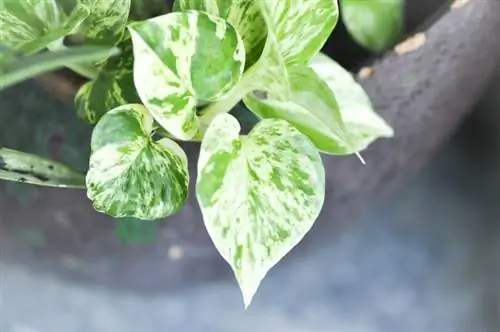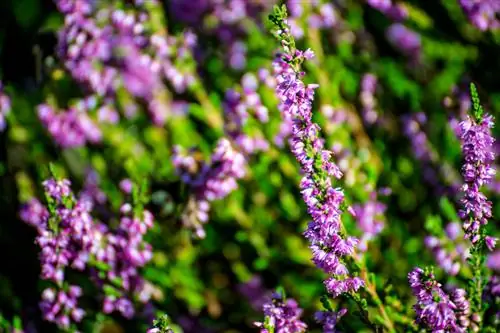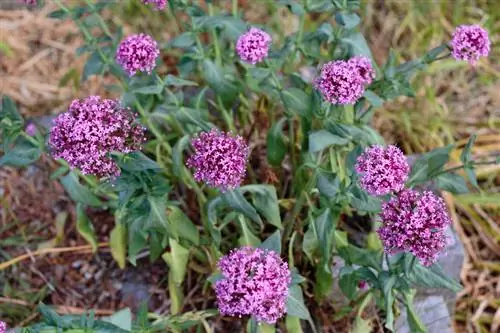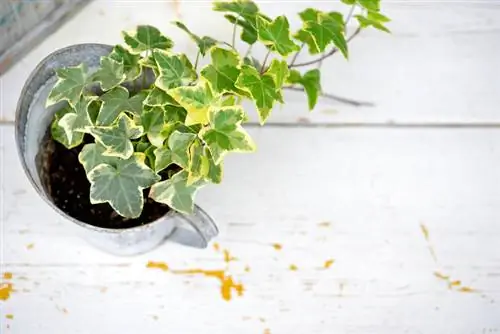- Author admin [email protected].
- Public 2023-12-16 16:46.
- Last modified 2025-01-23 11:20.
The ivy is a houseplant that comes from the tropics and, despite the name, has nothing to do with the ivy that is native here. It is only grown indoors because it cannot tolerate frost. Ivy plants are relatively easy to care for. However, there are a few things you should keep in mind when caring for it.

How do you properly care for an ivy plant?
To properly care for an ivy plant, water it with lime-free water, maintain a humidity of 50-65%, fertilize it every 2-3 weeks from March to October, trim it if necessary and pot it Turn them over when the pot is rooted. Protect them from diseases and pests and adjust care in winter.
How do you water the ivy correctly?
Use lime-free water for watering. Rainwater is ideal, but water from the aquarium is also ideal.
Do not keep the ivy plant too moist. Watering is only carried out when the surface of the substrate has dried out to a depth of two centimeters. However, the root ball must never be completely dry.
Pour away excess water after half an hour at the latest. Alternatively, add water to the saucer and let it absorb into the substrate. Repeat this process until the water remains in the saucer. Pour it off.
What should the humidity be?
As a tropical plant, the ivy doesn't like it too dry. A humidity of 50 to 65 percent is ideal. If the air is too dry, the leaf tips of the ivy plant turn brown and dry out.
How are ivy plants fertilized?
From March to October, the ivy is supplied with liquid fertilizer (€8.00 on Amazon) at two to three week intervals. Follow the manufacturer's instructions and do not overdo fertilizing.
Does the ivy need to be cut?
Cutting ivy plants is possible all year round. The houseplant tolerates pruning well. The best time for cutting is early spring.
The shoots are shortened by a maximum of two-thirds with scissors.
When is repotting necessary?
As soon as the pot is completely rooted, you should transplant the ivy plant. Choose a pot that is approximately two to three centimeters larger in diameter.
Shake or rinse off the old substrate. Cut off all dead root pieces and place the plant in fresh substrate.
After repotting, the ivy does not tolerate direct sunlight very well. Place them in a slightly more protected location for three weeks.
What diseases and pests can occur?
Diseases occur rarely. On the other hand, there are some pests that occur especially when kept poorly:
- mealybugs
- Spider mites
- Thrips
If the leaves are discolored, you should always check the ivy for pests and take countermeasures immediately.
How is the ivy cared for in winter?
Ivy plants are not hardy and are kept indoors all year round. From October to March the plant receives slightly less water. But it shouldn't dry out completely. There is no fertilization in winter.
Tip
If the ivy plant has yellow leaves, it may be jaundice (chlorosis). It is caused by too much lime in the substrate or by water containing lime. Occasionally too strong light is also responsible for the yellowing.






